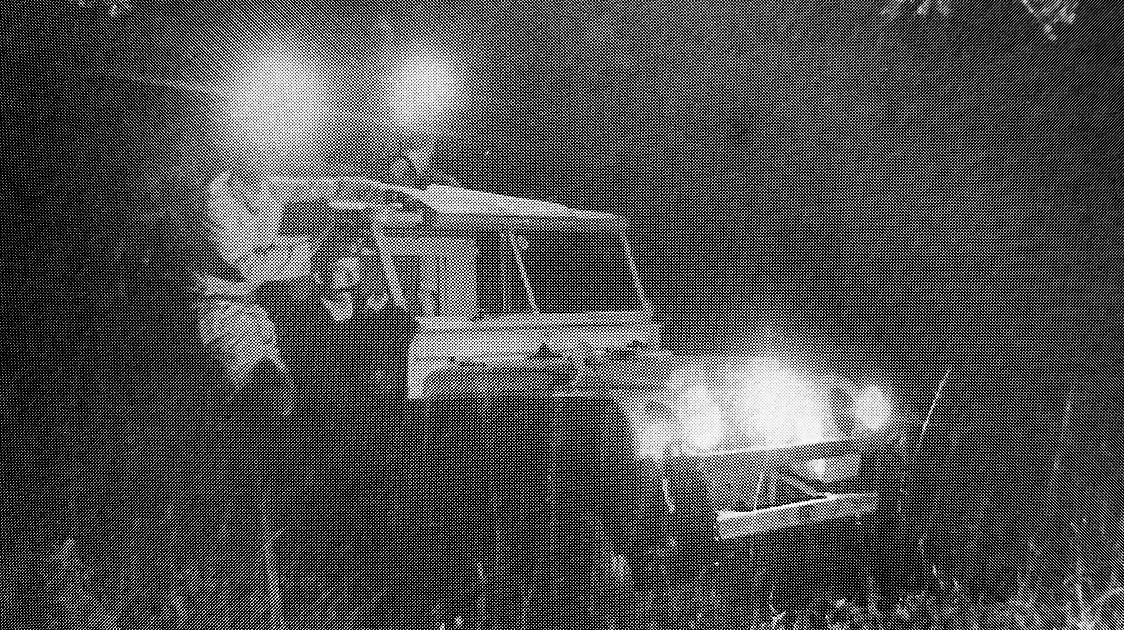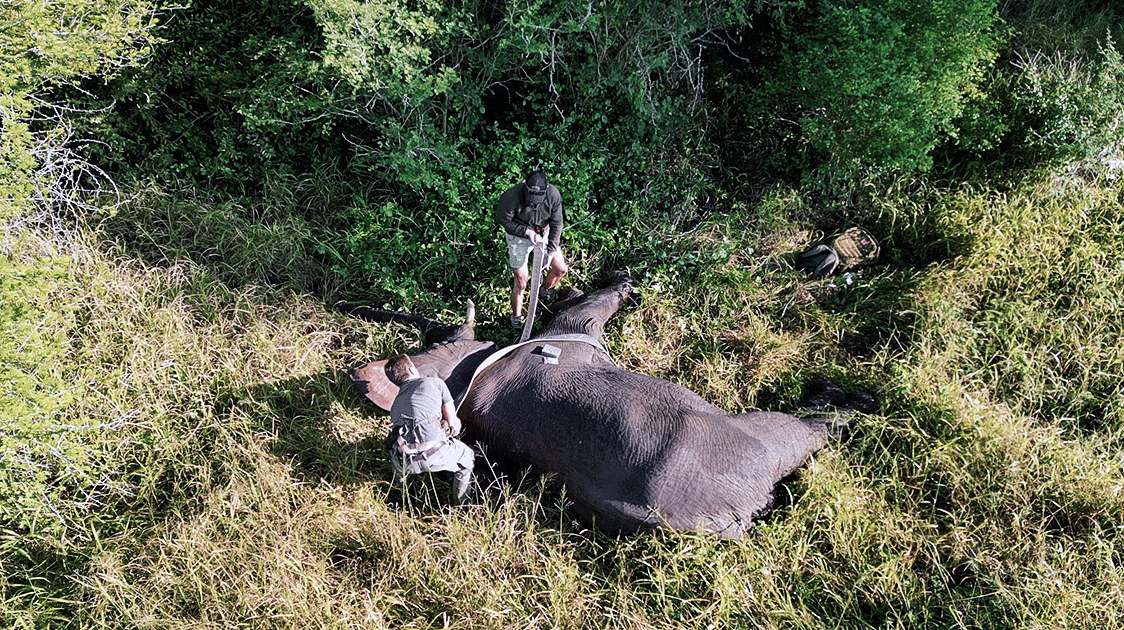The Birth of Game Ranching in Zululand (6-minute Video)

A seminal study on the Henderson Ranch in Zimbabwe by two Fulbright scholars, doctors Mossman and Dussman from Humboldt University in California, discovered that properly managed wildlife was worth more in terms of its profitability to the landowner than domestic livestock.
And so, the philosophy of game ranching was born.
The idea filtered across Southern Africa, and in Zululand, it found its genesis on a private ranch established by Ian Scott-Barnes. He set aside a thousand acres, and the Natal Parks Board stocked it, free of charge, with wildlife.
The Natal Parks Board’s wildlife capture unit in the 1960s became the world’s leader.
The world’s white rhino population had dwindled to less than 20 in Natal, the last stronghold. The animal was given special priority management, and all other competitive grazing animals took second place. The habitat was managed for white rhinos.
By the 1960s, the population had grown to over 2,000, but drought was devastating the habitat. The rhinos were starting to starve to death, and something had to be done about it.
The late Dr Ian Player pioneered the immobilization and translocation of white rhinos, which led to their being distributed to parts of their former range in Zimbabwe, Mozambique, Namibia and Botswana.




Comments ()